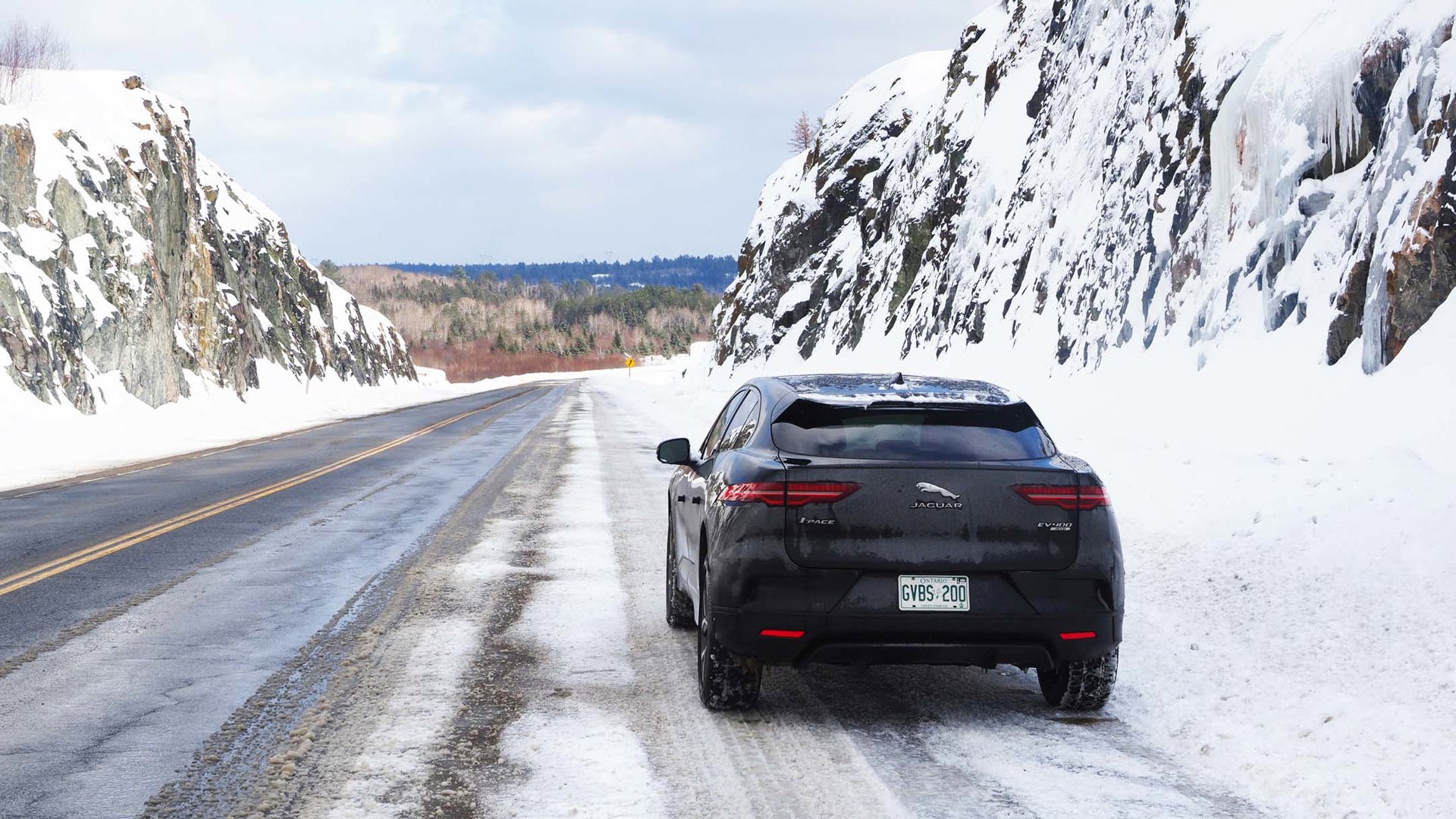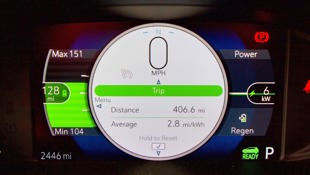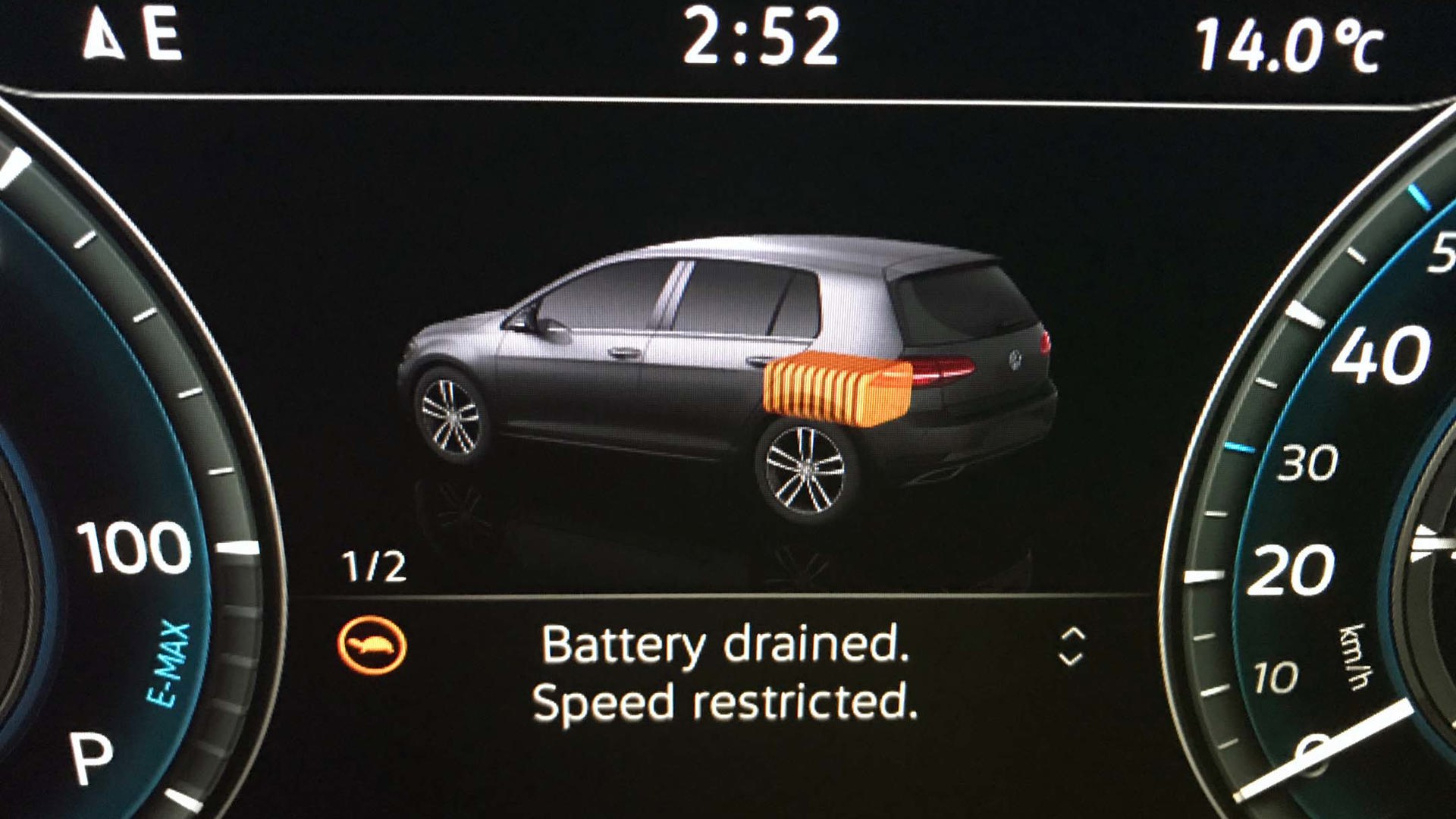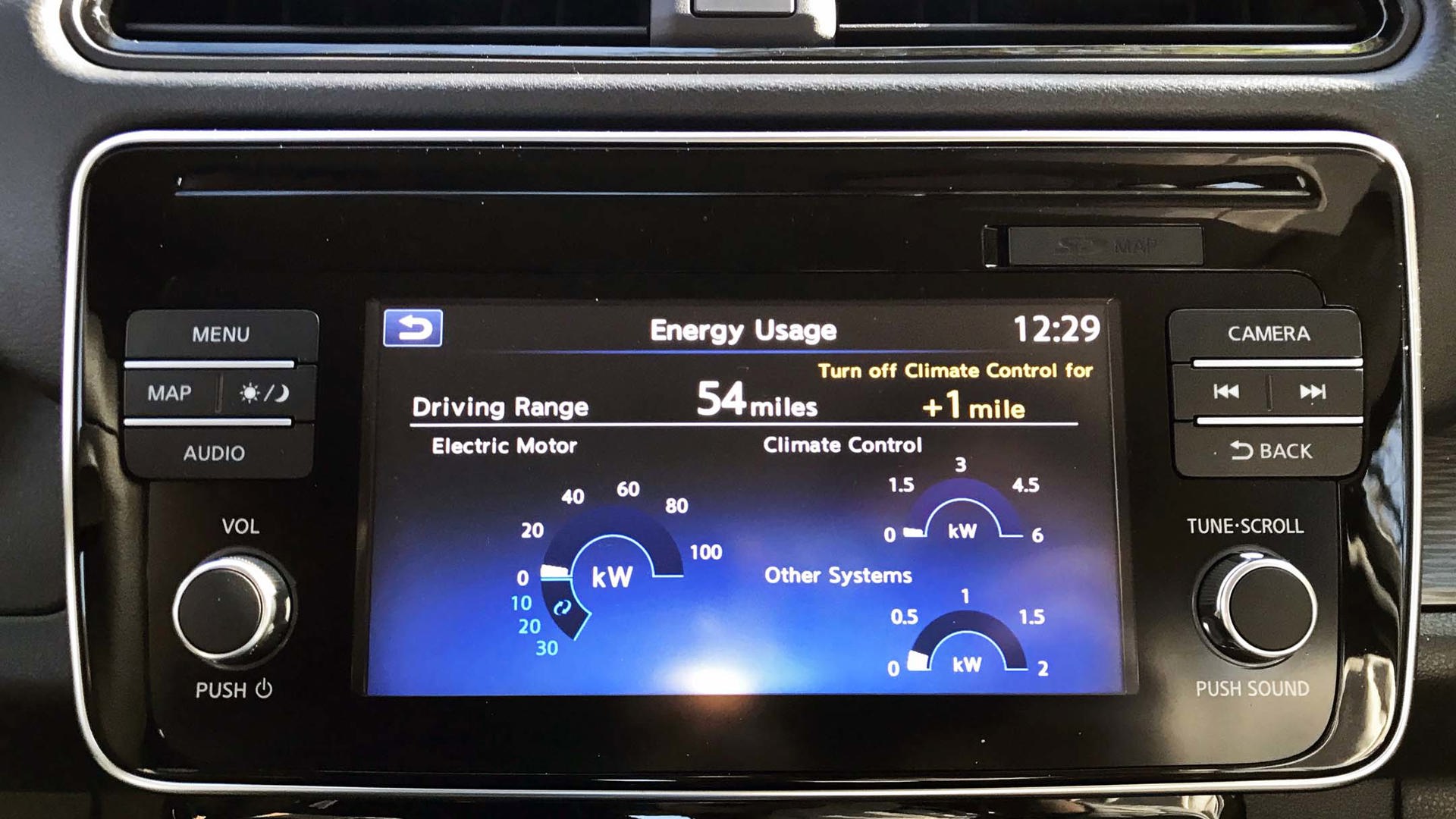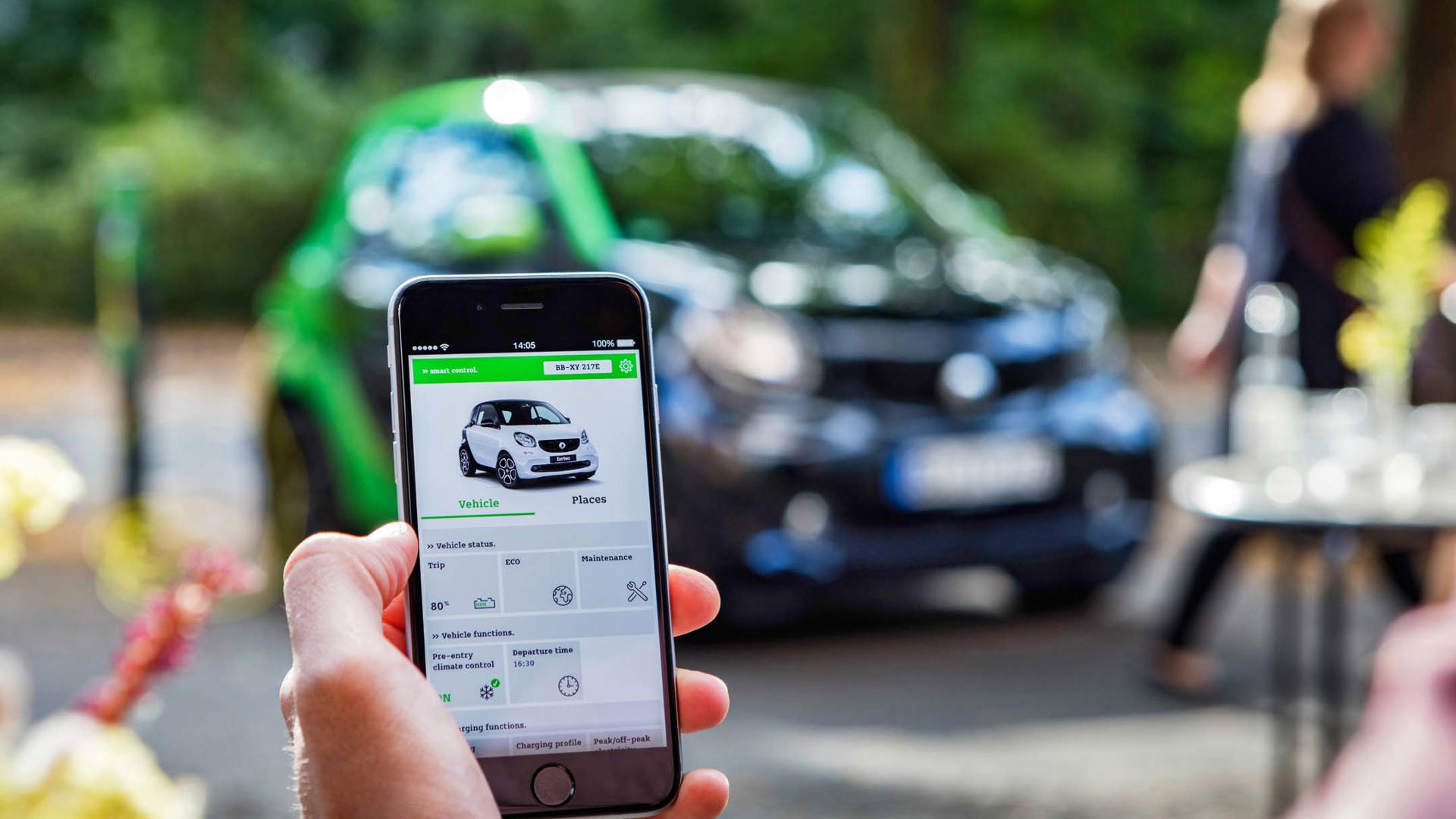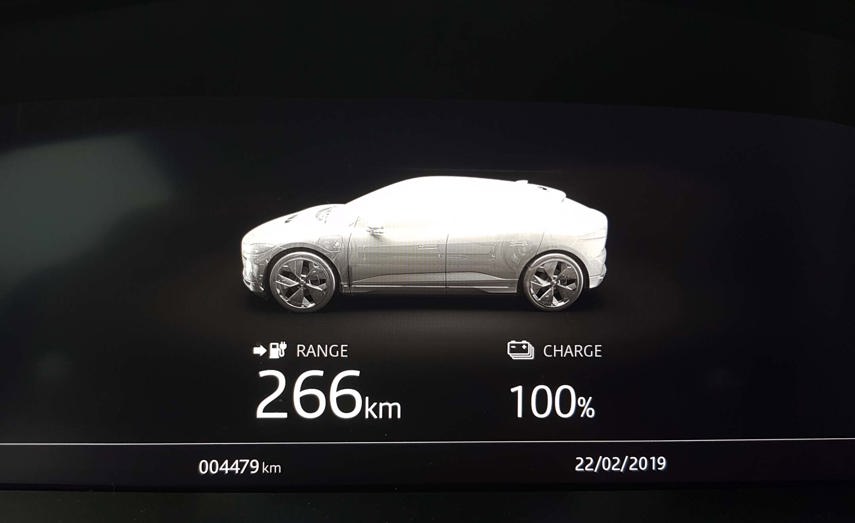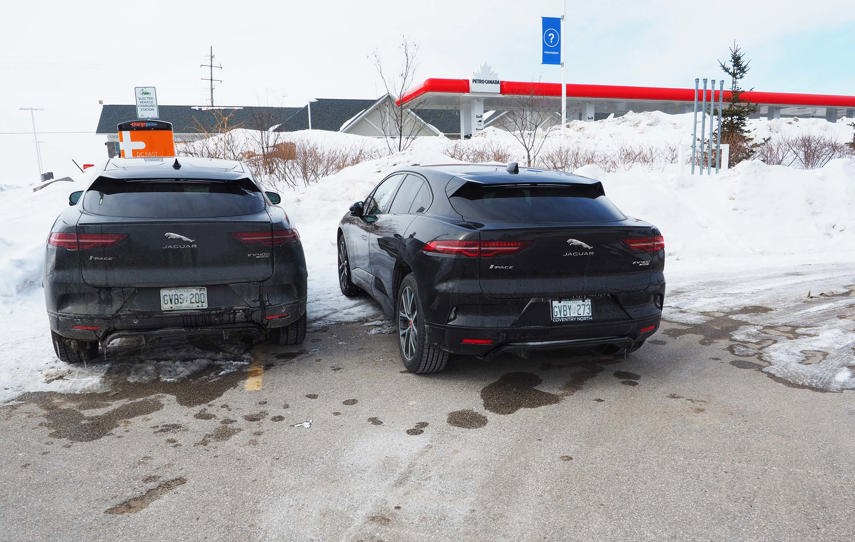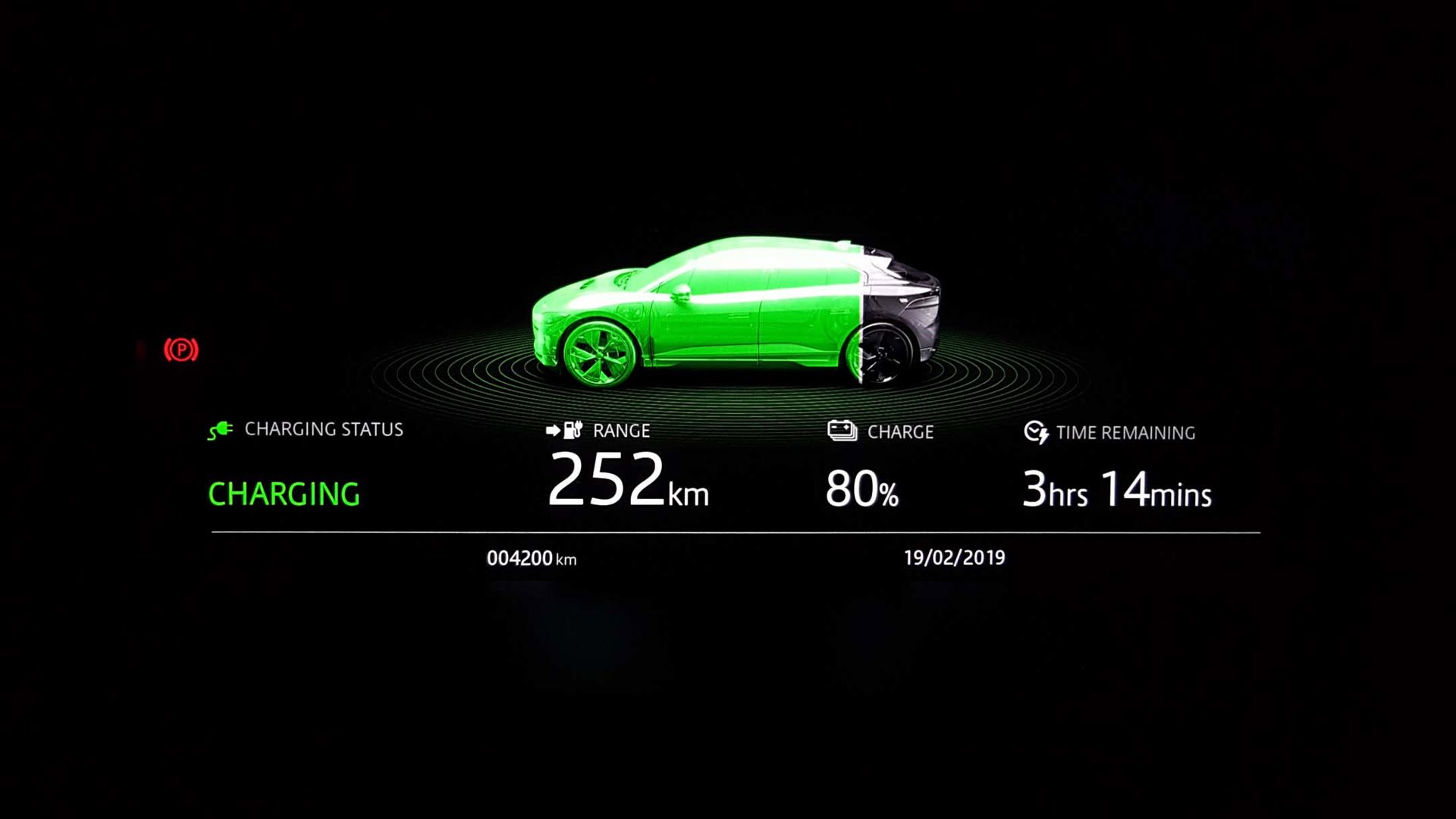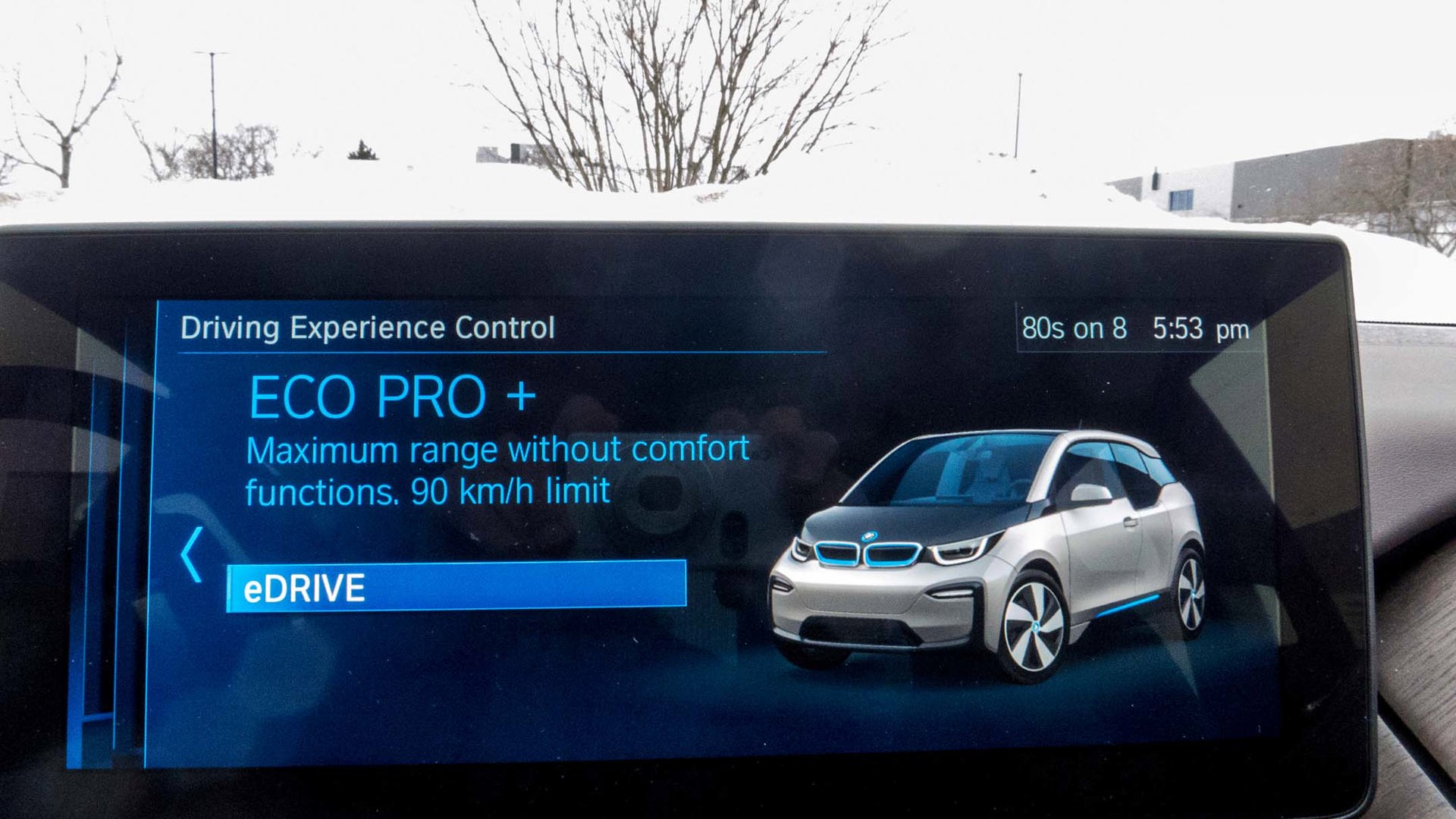Originally published April 8, 2019; updated January 19, 2022
According to this US-based study by MIT, nearly 90 percent of trips people take in gasoline vehicles could instead be made with an electric vehicle (EV) – with no gas burned and no direct emissions. More and more shoppers are warming up to the idea of EV ownership, and Canadians are more likely than ever to consider an EV for their next ride.
But many have concerns – and key among them is how an EV will work in the frigid cold of a typical Canadian winter.
Maximum Range Requires Ideal Conditions
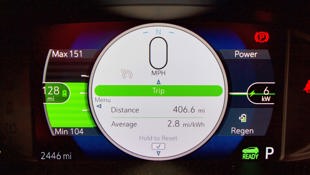
Every EV is different. So are the locales they’ll be used in, and the ways their drivers will use them.
In general terms, extremes of temperature decrease the distance or “range” an EV can drive on a fully charged battery. Using the climate control system reduces the range even further.
There are two main reasons why: First, like most of us humans, an EV battery is happiest – that is, its components and chemical processes are at their best – when it’s kept from being too hot or too cold; second, whether used to heat or chill the cabin, the climate control system in an EV uses a substantial amount of energy which could otherwise be used to drive the vehicle.
The implications of the above are most pronounced in the middle of winter and summer, when temperatures are at their most extreme.
It is therefore important to understand that the range advertised for any EV relies on ideal, lab-controlled conditions. In real life (and especially on the hottest and coldest days of the year) your actual range will often be less than advertised. All EVs respond differently to extremes of temperatures. For some models, extreme winter cold can even cut the range nearly in half – though this isn’t always (or even often) the case.
Cold Weather Harder on Battery and Efficiency
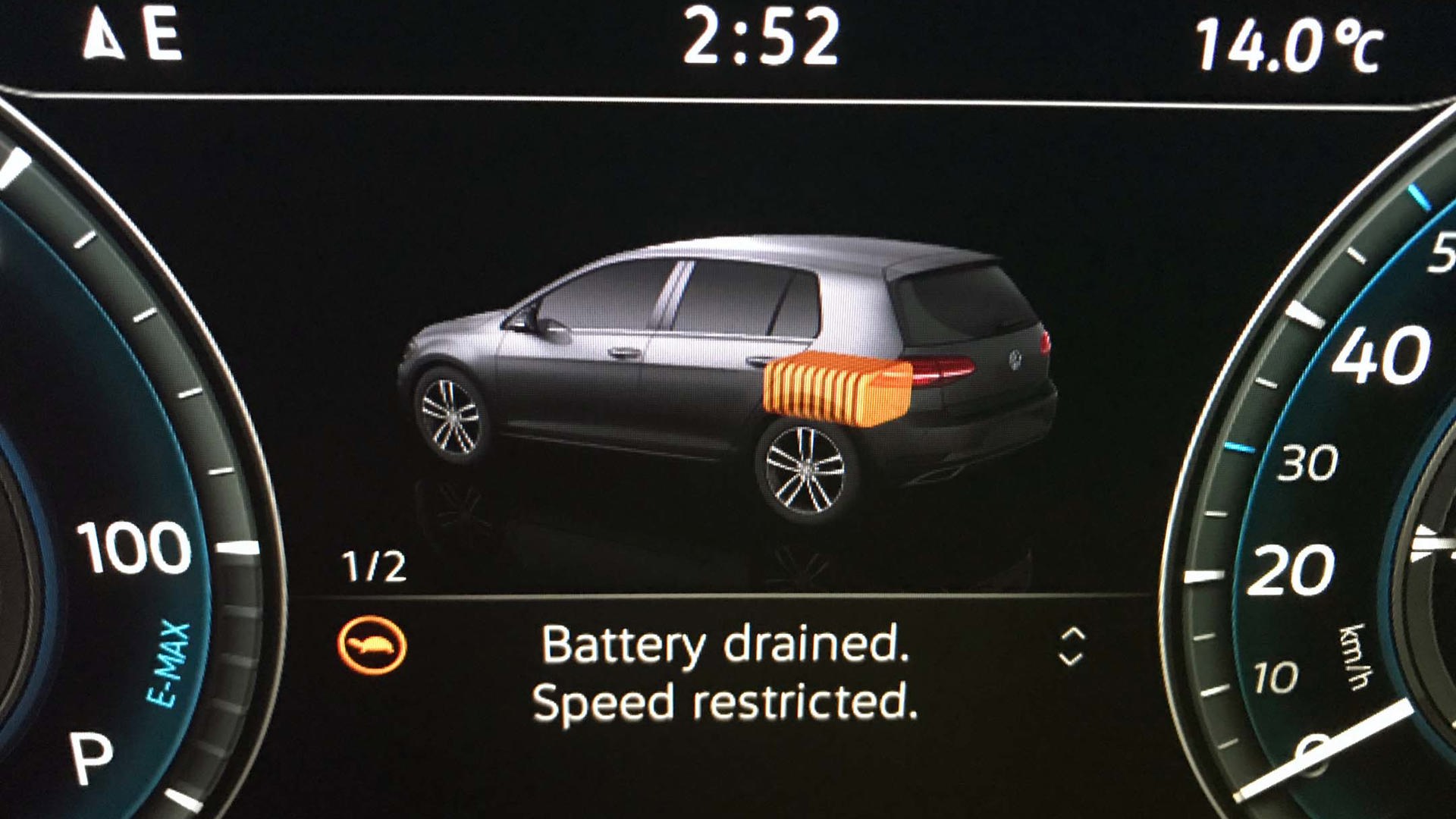
The American Automobile Association (AAA) conducted a study on Electric Vehicle Range Testing, intended to help EV shoppers understand the effects of ambient temperature, and the use of the climate control system, on the driving range and energy efficiency of an EV.
The study tested several EV models (BMW i3, Chevrolet Bolt, Nissan Leaf, Tesla Model S, and Volkswagen e-Golf) using SAE-validated testing procedures, and analyzed performance in a variety of conditions.
The study found that hot and cold temperatures resulted in a modest reduction in driving range, and equivalent “fuel” economy, on all tested models – even before factoring in climate control usage.
For instance, at -7°C, AAA testing showed an average 12 percent decrease in combined EV range (and a 9 percent decrease in combined efficiency) compared to “ideal” baseline results taken at 24°C. At 35°C, an average 4 percent decrease in combined range (and a 5 percent reduction in combined efficiency) was observed in comparison to the ideal.
In short, based purely on ambient temperature alone, the average EV in this test lost considerably more range during cold weather than hot weather.
Not All Climate Control Created Equal
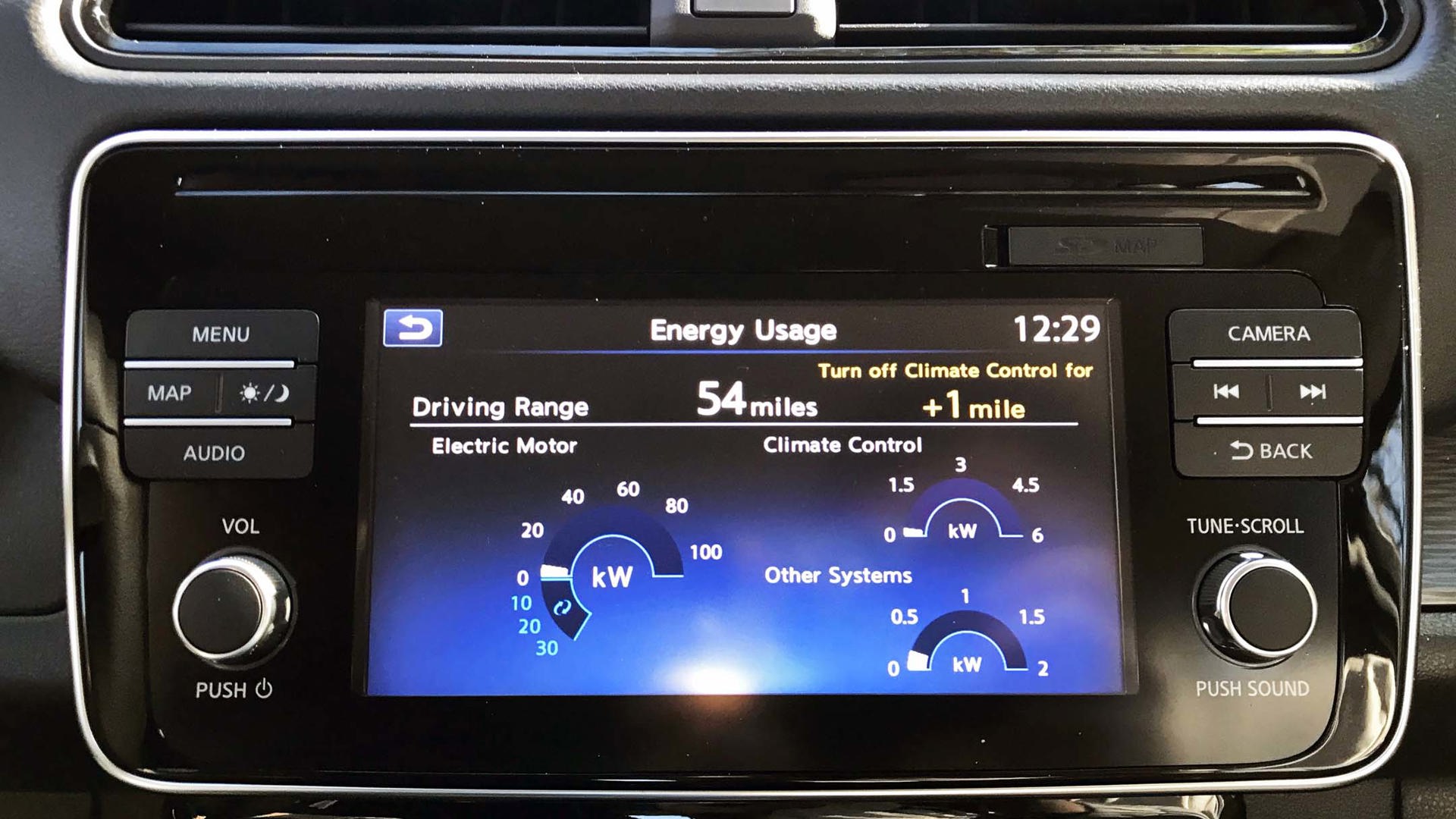
So what happens when you turn on the climate control system?
At -7°C, when the climate control system was used to warm the vehicle’s cabin, EV range dropped an average of 41 percent (with an efficiency drop averaging 39 percent) compared to the earlier 24°C baseline. At 35°C, use of the climate control to cool the cabin saw an average 17 percent decrease in range (with an 18 percent decrease in efficiency).
The AAA theorizes that EVs which use resistive heating (including the Chevrolet Bolt, Tesla Model S, and VW e-Golf) lose more range to cabin heating, compared to models with a heat-pump-based system (like the BMW i3 and Nissan Leaf).
Both the i3 and LEAF also have power-sucking resistive heating systems, but they only use them in extreme cold, where the more efficient heat-pump system is insufficient on its own.
For comparison, gasoline vehicles tend to lose about 18–20 percent of their driving range between 20°C and -20°C. The AAA study did not cover extreme cold, which may cause further losses to range and efficiency.
Heat Up Before You Head Out
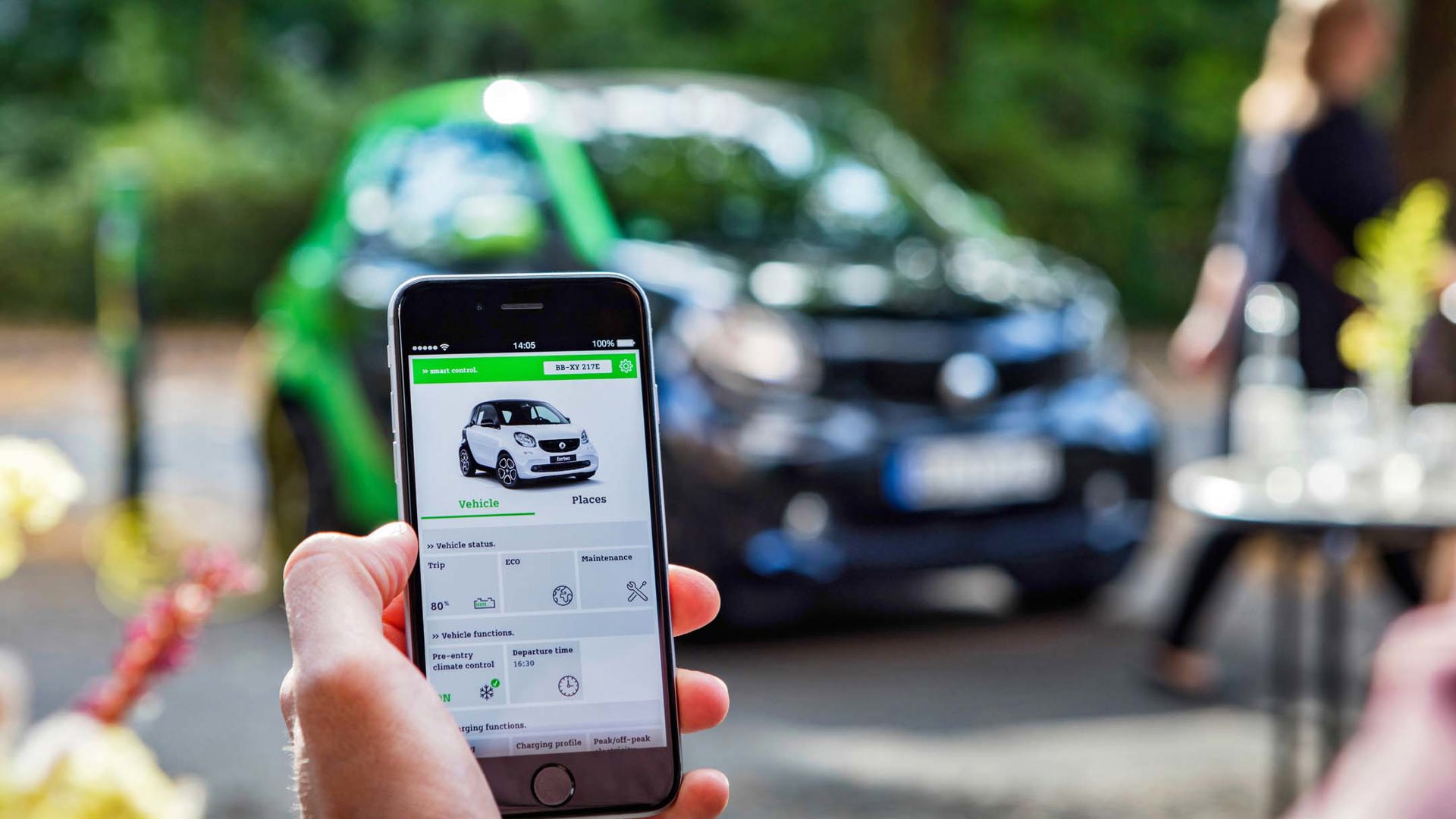
Fleetcarma has also studied the effects of extreme temperatures on electric vehicles. In one example, Fleetcarma analyzed over 5,400 trips made by last-generation Nissan Leaf owners over several years: For that particular vehicle and sample of drivers, EV range was greatest at temperatures around 26°C – at -25°C, it was nearly halved.
Fleetcarma experts also outline steps that EV drivers can take to maximize the range of their vehicle in cold weather. Key among these are to leave the vehicle plugged into a charger even after the battery is full, to park inside where possible, and to seek warmth from the seat heaters before turning on the climate control system, as the seat heaters use less energy.
Use of the cabin preconditioning function is highly recommended, as this heats (or cools) the EV using grid power before drivers set off. With preconditioning engaged via the vehicle’s control system or a smartphone app, drivers can ensure they arrive to an EV that’s fully charged, fully defrosted, and piping hot inside.
A Real-World Canadian Example
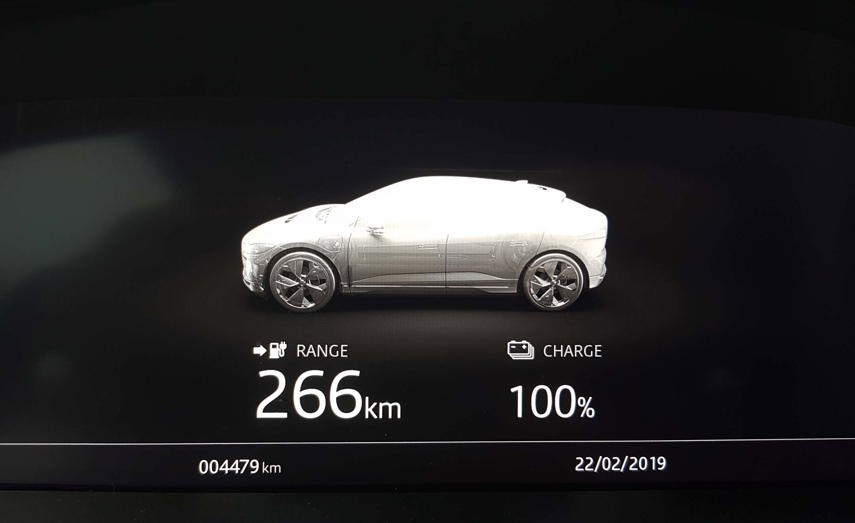
Your correspondent can shed some light on cold-weather EV range implications, as observed during a two-week Jaguar I-Pace test drive in Northern Ontario, in the middle of February.
The advertised range figure for this particular luxury EV is 377 km. On the warmest day of my test drive, at 0°C, my test unit advised a maximum possible range of 305 km – on a fully charged battery, and without use of the climate control system.
During the coldest day of my test drive, at -27°C, the range estimate dropped to about 245 km. Turning on the heat saw the range decrease a further 30–70 km, the range reduction growing as the ambient temperatures fell.
With temperatures averaging -12°C and sustained use of the automatic climate control system set to 20°C, a full charge in this vehicle and situation was good for about 250 km of driving – a reduction of about 130 km, or 34 percent, compared to the advertised range.
In the worst-case scenario during my test drive – a lengthy highway trip with temperatures slowly climbing from -27°C – I was clear for approximately 220 km of driving with the heater activated.
Driving habits, locale, and the vehicle in question all play a role in these figures, and your results will vary.
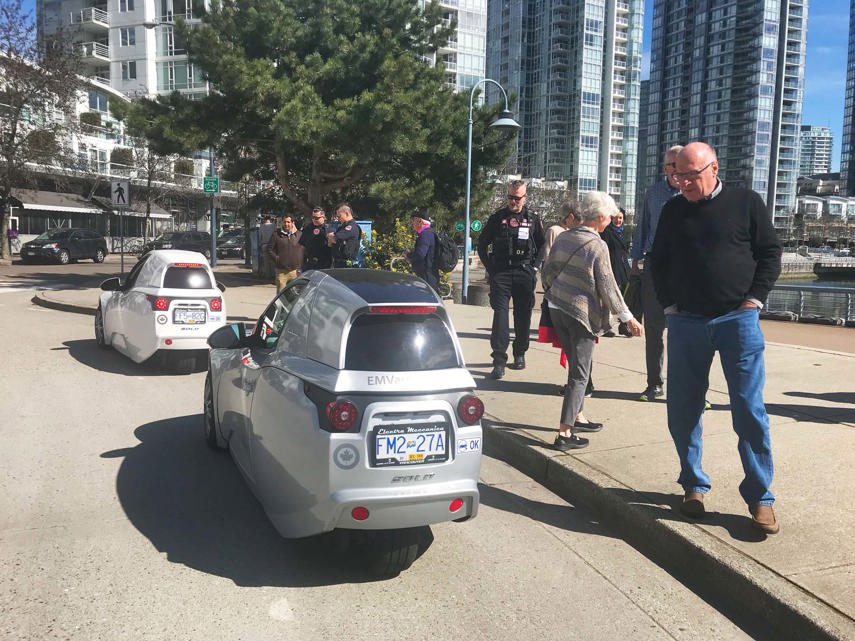
For the most accurate idea of the possible range from an EV, in real-life conditions, shoppers can seek out a reputable online owner’s forum to connect with current owners of the model they’re considering. Follow range-related discussion topics, or sign up to post a question. Most EV owners in online forums (or Facebook groups) are happy to share their experiences with the newly interested.
